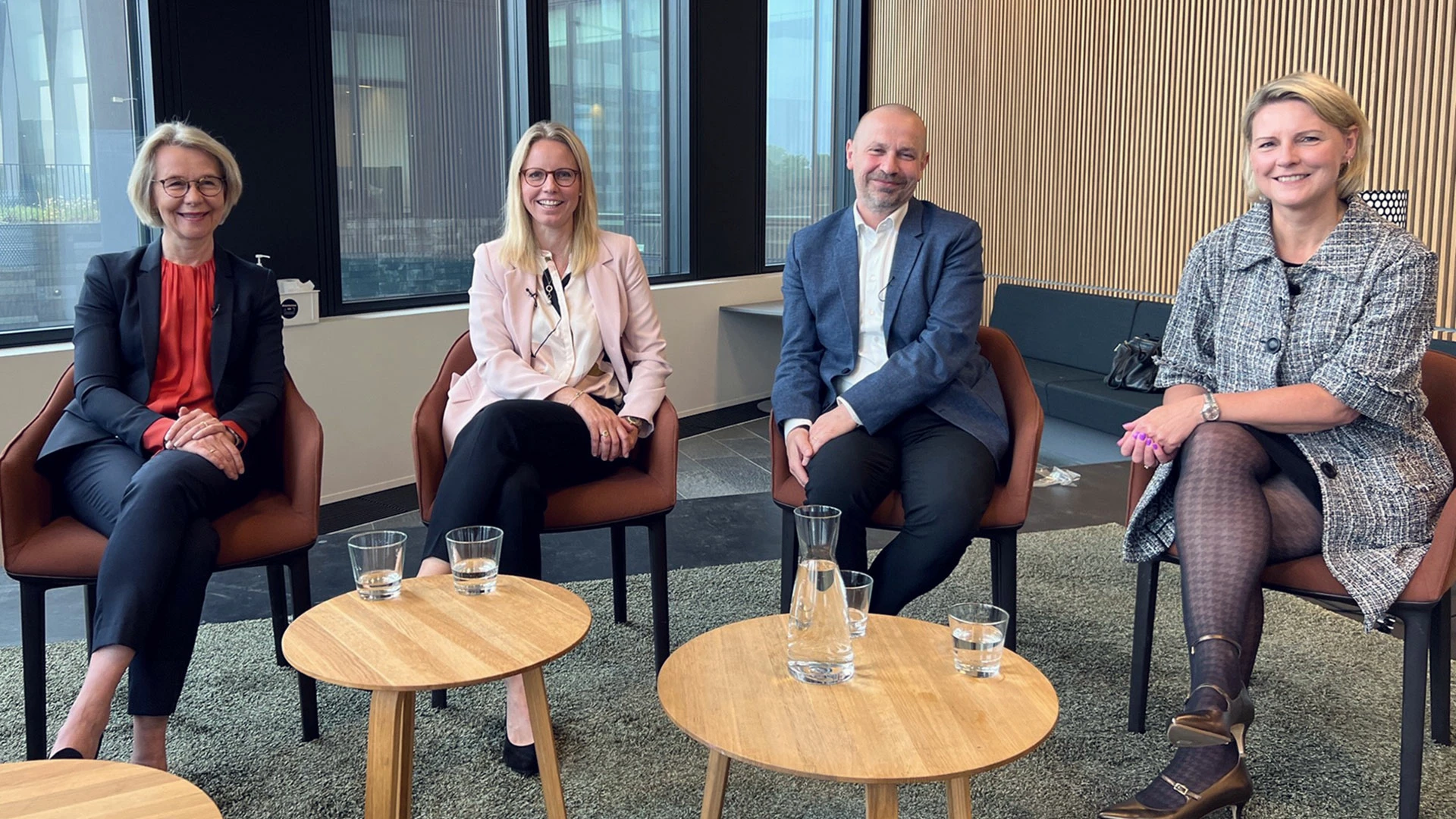Sometimes diversity suffers
As a board member of several multinational companies, including some where the Lundbeck Foundation is the main investor, Lene Skole spoke of the need to push the D&I agenda on boards – despite an in-built dilemma:
“I know the right thing to do from a diversity point of view, but when I’m actually in the situation where I have to choose a new board member, in the end I pick the one that has the best fit. And sometimes diversity suffers because of that.”
Lene Skole added that the Foundation was currently working on developing a model whereby newly started investee companies could consider D&I – and indeed the whole ESG dimension – already from conception.
A culture of inclusion
Nordea set a target last year for each gender to have at least 40 percent representation at the top three leadership levels combined by the end of 2025.
“We want to bring in the diversity and inclusion agenda when we hire, promote and set up a team – making it a natural part of those processes, and in general in our actions and thinking. We don’t want this to be a HR-driven activity, so we’ve put a lot of effort into mobilising and activating the organisation – and now we’re seeing results coming in,” commented Christina Gadeberg.
For GN, an innovation company relying heavily on the engineering workforce, building a pipeline of diverse talent taking on leadership positions starts very early.
“You need to start already when recruiting – to ensure that the workforce at large is diverse – and then nominate and promote women at every level. Being in a male-dominated field, this is something we need to work on every day,” explained Henriette Wennicke. She also highlighted that GN was now taking D&I to the next level by focusing on the inclusiveness agenda together with all leaders in the company.
As she summarised it, “you can hire a diverse workforce but you also need them to stay on – and that requires a culture of inclusion.”



